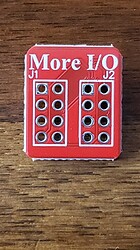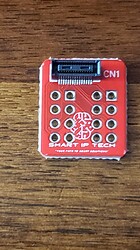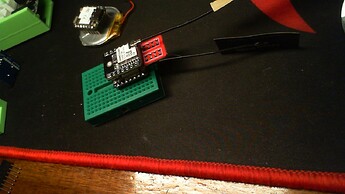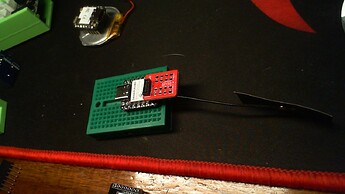Hi there,
and Welcome here…
SO, You may want to read up on the “Concept of Xiao” ![]() and did you know you could get a custom Xiao made from the Fusion folks.(including those 2 B2B’s) However You would NEVER be able route all of it… Period!
and did you know you could get a custom Xiao made from the Fusion folks.(including those 2 B2B’s) However You would NEVER be able route all of it… Period!
Maybe do some research more on Why they went the shape, thickness and Size. and also why EVERYONE ELSE copied (ada,robot,Pimorono) You do understand its a 4 layer PCB too… So there’s that. ![]()
After a few reply’s you will have enough forum credz to post topics’s feel free. This one is solved, fyi.
I’ll leave you with this,
The ESP32-S3 chip has 45 physical GPIO pins, numbered from GPIO0 to GPIO21 and GPIO26 to GPIO48.
Important Notes:
- Not all pins are always available: While the chip has 45 GPIO pads, specific development boards might not expose all of them.
- Some pins have special functions: Some pins are pre-configured for specific functions like strapping (controlling boot modes) or for accessing Flash/PSRAM memory and are generally not recommended for other uses. (xiao takes advantage of this)
- USB-JTAG pins: GPIO19 and GPIO20 are used by USB-JTAG by default. You can use them as regular GPIOs, but this will disable the USB-JTAG functionality.
- Highly Configurable I/O: The ESP32-S3 offers great flexibility for connecting peripherals through its IO MUX and GPIO Matrix, allowing you to route peripheral signals to various GPIO pins.
And offer , what is the application? surely Battery power is OUT with that max IO and power regulation would be an issue. Check out the REAL ESP32S3-Dev Kit-1 Dev board … it’s Gigantic
Some food for thought ![]() The PLUS version also has 16M Flash
The PLUS version also has 16M Flash
HTH
GL ![]() PJ
PJ ![]()
Pass through break out…
More I/O…





